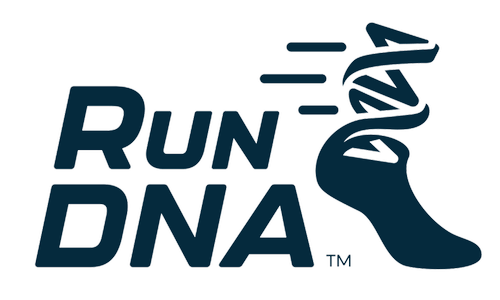Pronation Rate
Running Pronation Rate as Measured by a Gyroscope
Running pronation rate is the speed at which the foot rolls inward during walking or running. It is measured in degrees per second. A normal pronation rate is between 300-500 degrees per second.
Pronation is a natural and necessary movement of the foot that helps to absorb shock and provide stability. However, too much or too little pronation can lead to injuries.
Overpronation, when the foot rolls inward excessively, can put stress on the arches and tendons of the foot, leading to injuries such as shin splints, plantar fasciitis, and Achilles tendonitis.
Underpronation, when the foot does not roll inward enough, can cause the foot to become rigid and less able to absorb shock, leading to injuries such as stress fractures and metatarsalgia.
Once you have collected data from your gyroscope, you can use it to analyze your running pronation rate and identify areas where you can improve your running form to reduce overpronation or underpronation. For example, if you have overpronation, you may want to try landing on your midfoot or forefoot instead of your heel. You may also want to try running on softer surfaces, such as grass or dirt.
It is important to note that there is no one-size-fits-all answer to the question of what is the optimal pronation rate. The best way to find the rate that is right for you is to listen to your body and adjust your running form accordingly.
Tips for Improving Running Pronation Rate
Here are some additional tips for improving running pronation rate:
- Strengthen your foot and ankle muscles. This will help to support your foot and ankle during running and reduce the risk of overpronation or underpronation.
- Wear properly fitting running shoes. Running shoes should provide adequate support and cushioning for your foot type.
- Run on soft surfaces whenever possible. Softer surfaces, such as grass or dirt, are less likely to cause overpronation or underpronation than hard surfaces, such as concrete.
- Start slowly and gradually increase your speed and distance. This will help your body to adjust to the demands of running and reduce the risk of injury.
If you experience pain while running, reduce your speed or distance, or take a break from running altogether. If the pain persists, talk to your doctor or a physical therapist.

RunDNA
Gait Retraining Plan


